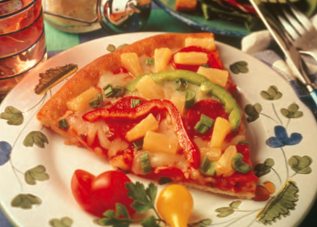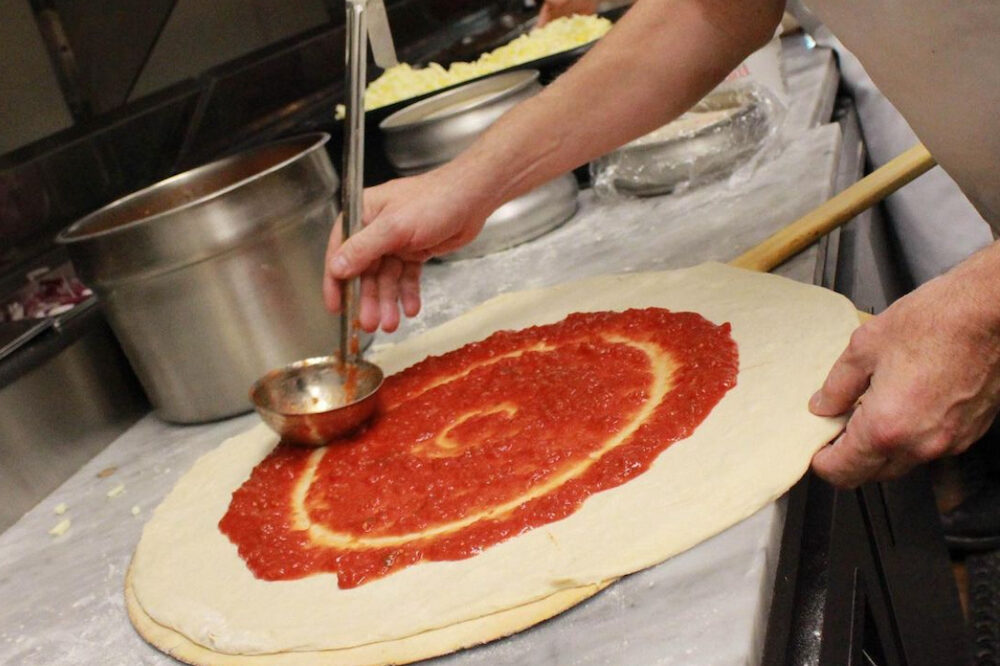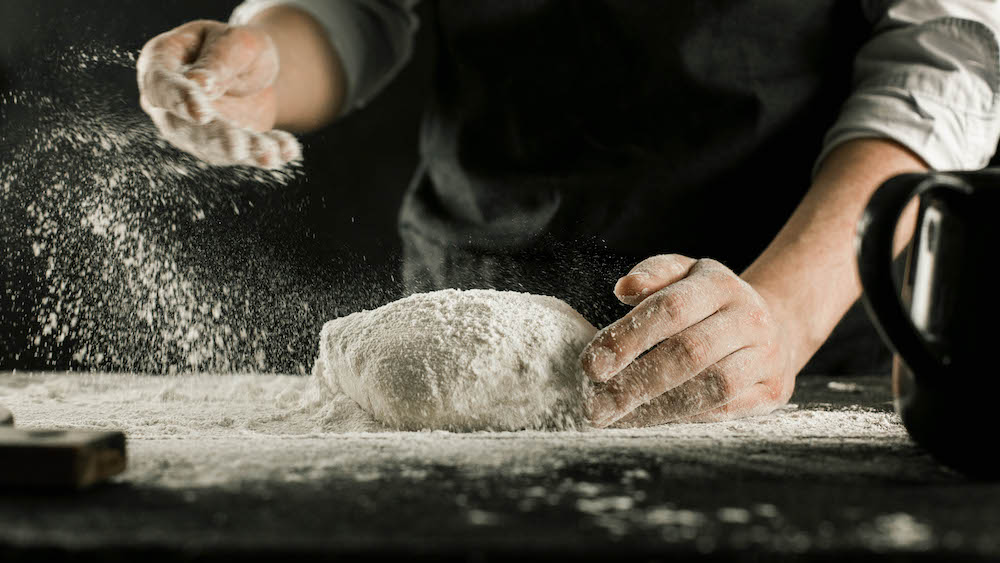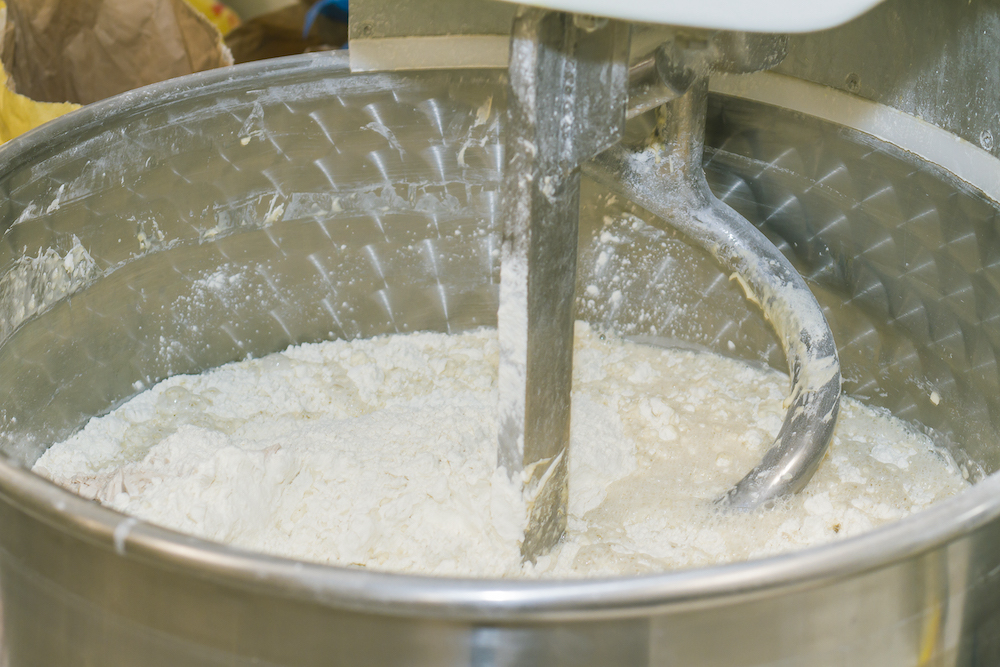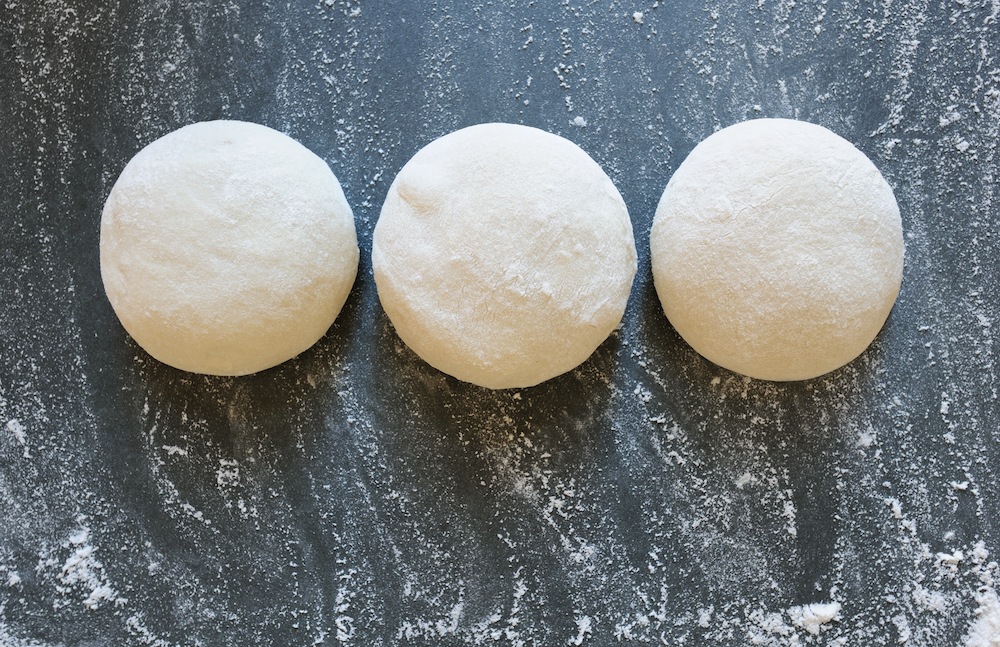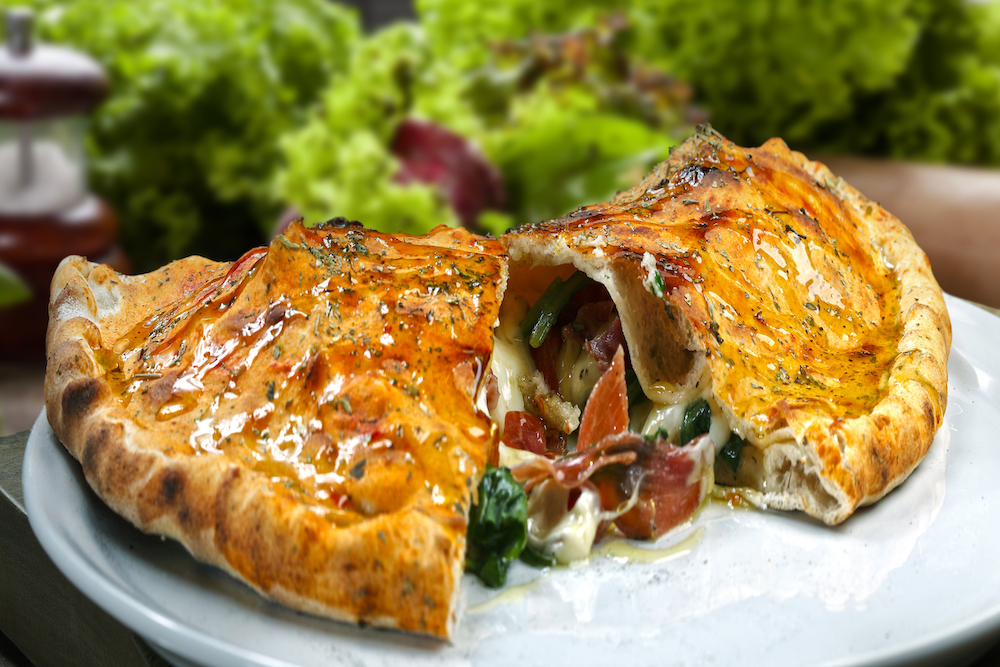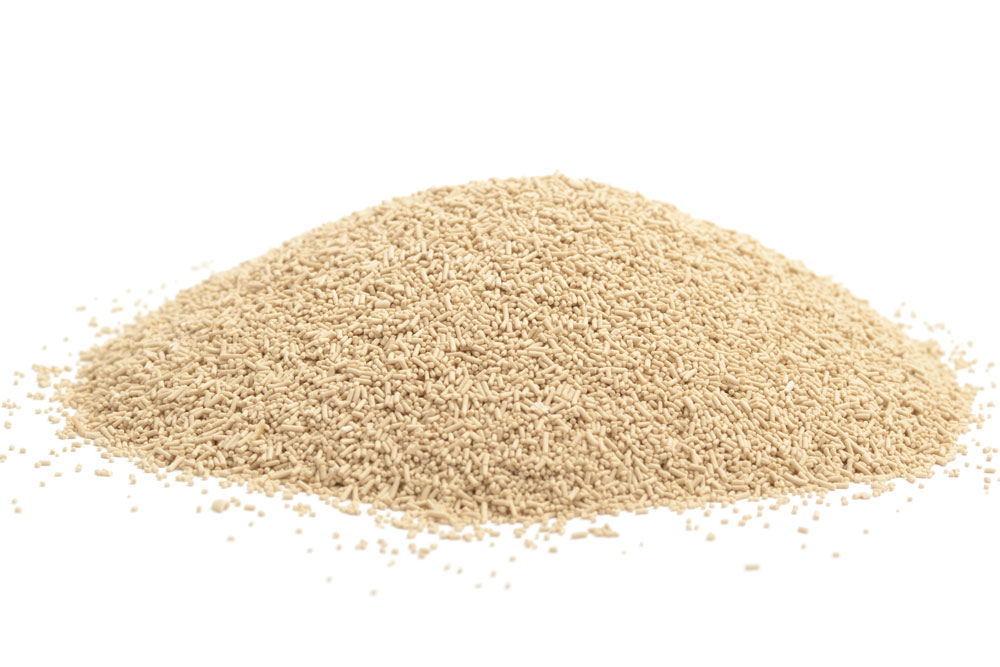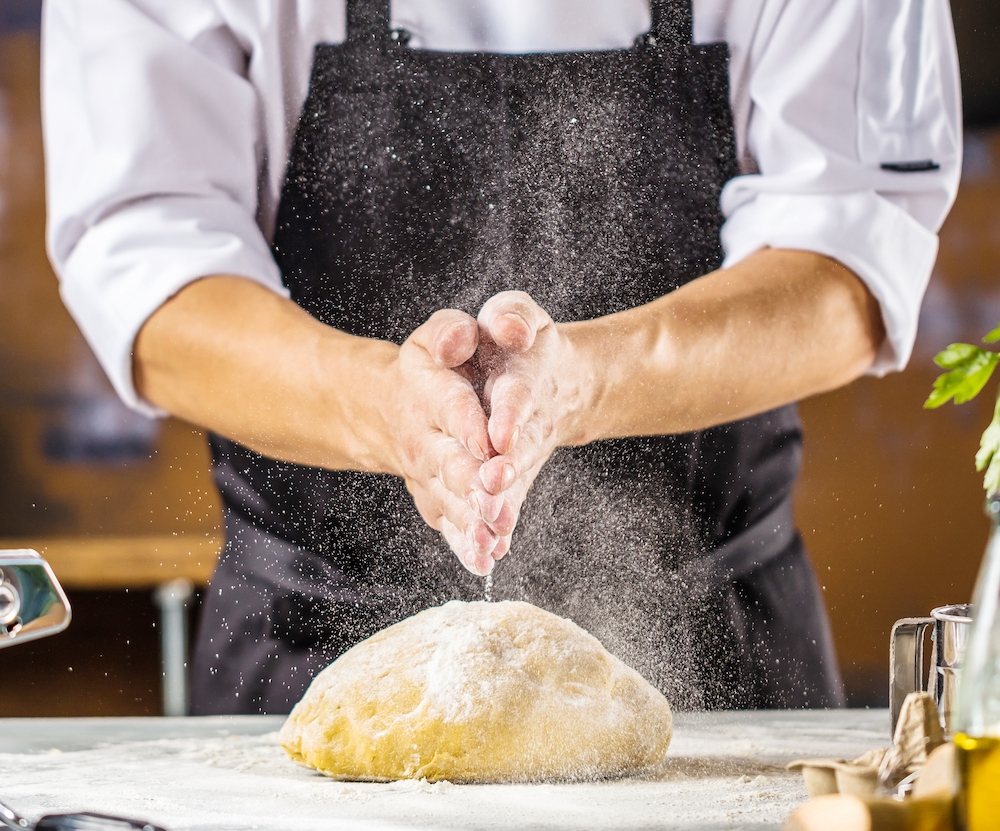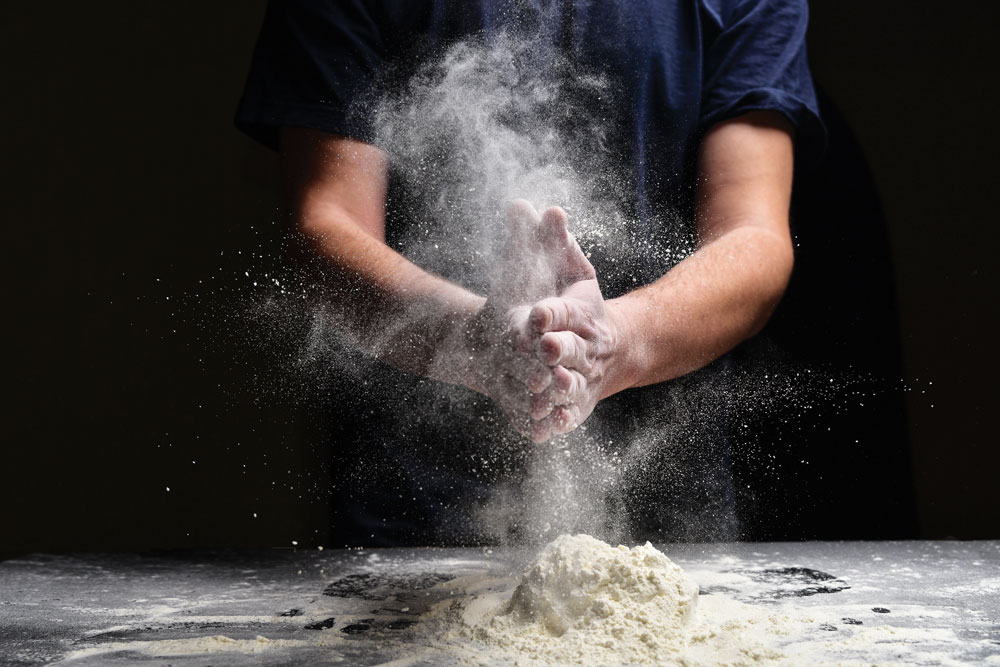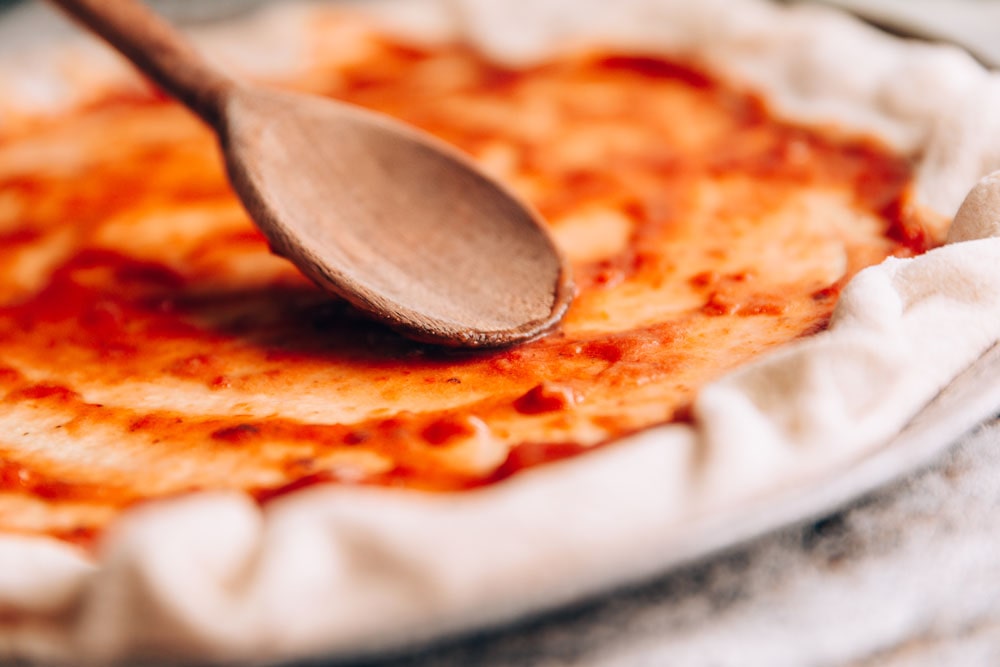We are now entering into a time when a greater number of our customers want to feel good about eating pizza. In order for them to feel good though the pizza that they purchase must effectively get across the message that the pizza in question is more than your regular run of the mill pizza, it must get across the message that it is healthier to eat this specific pizza than another pizza. Enter into the world of the “healthy pizza.”
Our regular thin crust pizzas with just cheese or cheese and vegetable toppings, really isn’t too bad as far as nutritional profile is concerned. It might be a little high in salt and fat content, and now that we’re interested in the type of fat, it has to be brought to light that the fat, coming mostly from the cheese, is going to be one of those nasty “trans fats.” It’s not realistic to remove all of the cheese from a pizza just to make it healthy, so just what can we do to give our pizzas a healthy facelift?
To begin we must recognize that our customers look for certain things in the foods they eat that help to get the message across that the pizza they are about to purchase is actually healthy or healthier for them to eat than other types of pizzas. The key words seem to be whole grain or multi-grain, oats, low fat, “0” or low trans fats, reduced sodium, and reduced calories. This last “buzz word” reduced calorie seems to convey a mixed message to many consumers. It seems that they have been exposed to so many poor quality reduced calorie foods that this reference has almost become a turn off for many consumers.
Let’s see what we can do to make our pizzas look a bit more healthy and appealing for those wanting some redeeming value in their pizza. We can go with a whole, white wheat flour (Farmer Direct Foods, Kent Symns, <ksymns(at)farmerdirectfoods(dot)com> ). This flour is different from ordinary whole-wheat flour that you might be familiar with. It has a more “nutty” taste and lacks the characteristic bitterness of regular whole-wheat flours made from dark spring wheat varieties. This will allow us to produce a crust that can be advertised as “made from whole grains” or you might opt to go the multi- grain route. In this case your flour will consist of 75% regular strong pizza flour and 25% of a commercial multi-grain blend (available from any local bakery ingredient supplier). Now you can refer to your crust as a multi-grain crust. Gee, that already sounds pretty good. To that, try adding about 10% oatmeal to the dough formula. You won’t taste anything different, but you could now advertise your crust as a multi-grain and oatmeal type of crust.
For the sodium content (salt) I’d suggest reducing the amount of salt added to the dough to 1.25%. If you reduce it any lower you’re likely to end up with a starchy tasting crust. Remember, the cheese will be a major contributor of salt to the pizza so you may want to look at reducing the total amount of cheese that you put onto the pizza by at least 25% or more. This, combined with the salt reduction in the dough should net you about a 40% reduction in total salt content as compared to a regular cheese pizza.
Next there is the fat content. By using one of the newer cheese analogs we can have a cheese product that has “0” trans fats and cholesterol. By formulating our dough with olive oil we can maintain these trans fats and cholesterol values and come up with a cheese pizza having that highly sought after “0” trans fats and cholesterol content.
With regard to toppings, we now have a good number of “healthy” image toppings to choose from. There is always the ever popular “veggie” pizza that is really fantastic when made with slices of fresh tomato to replace the sauce. Just brush the dough skin lightly with olive oil, then apply the tomato slices and sprinkle with onion powder, garlic powder, and fresh basil or dried oregano. This is followed by the cheese/cheese product and any variety of vegetable toppings.
If meat toppings are on the order, we can choose from a lean bison or poultry pepperoni, or add strips of chicken or turkey, fat free ham, or fish such as salmon or tuna which will pick up on the omega-3 oil.
So, lets take a look at what we might have to offer to our health conscious customers.
How about a whole grain or multi-grain and oatmeal crust?
Would you like to have that with our “0” trans fats and cholesterol cheese?
Would you like to have our regular sauce or fresh tomatoes?
And what kind of toppings would you like to have on your pizza?
As you can see, this pizza is already looking pretty good and it’s just on paper. Just think of what you can do with it if you show the various toppings with a brief descriptor next to each one such as:
Our special cheese product (made from rice flour with the taste and texture of mozzarella cheese but with “0” trans fat and choles- terol) Note: This descriptor will change with different cheese products.
Grilled tuna/salmon (great flavor loaded with omega-3 oil)
Bison pepperoni (all of the flavor of our regular pepperoni but with reduced fat)
Sliced, skinless chicken breast (provides a great flavor and meaty texture with low fat content)
Fresh vegetables (naturally full of flavor, low in fat, and provide a great eating texture)
You can do this for all of your “healthy” pizza toppings either on your menu board or on a separate menu for promoting your healthy pizzas. As you can see, making a healthy pizza is really pretty easy. Just remember to use a thin whole grain or multi-grain crust, don’t go too heavy on the cheese or cheese product to control the sodium level, and give it some real eye appeal by using fresh vegetable toppings. You don’t need to go heavy on the toppings either. Remember, this customer is probably more interested in getting a pizza that they can feel good about eating, they don’t want to be presented with a mega-topped pizza, but would rather have a pizza that is sized just right for them. Above all else, it should look fresh and attractive and have a great flavor.
HEALTHY CRUST FORMULAS
Whole-grain Crust:
- Whole white wheat flour: 100%
- Salt: 1.25%
- Honey: 3%
- Compressed yeast: 3%
- Olive oil: 2%
- Water: 60% +/-
* Farmer Direct Foods (Kent Symns) ksymns@farmerdirectfoods.com Procedure:
Place water in mixing bowl followed by the remainder of ingredients except for the olive oil. Mix at low speed for 2 minutes, add olive oil and mix for one minute in low speed. Mix dough for about 8 minutes at medium speed, or until the dough takes on a smooth appearance. Target Finished Dough Temperature: 80 to 85 ̊F. Take dough directly to the bench for scaling and rounding into balls. Place dough balls in plastic dough boxes, wipe dough balls lightly with canola oil. Take boxes of dough to the cooler. Cross stack for 2 hours, then down stack and nest the boxes for overnight storage. Dough will keep for up to three days in the cooler. To use the dough, remove a portion from the cooler, leaving them covered in the dough boxes. Allow the dough to warm at room temperature for 90 minutes, then begin forming the dough skins as needed.
Multi-grain Crust:
- Flour (strong pizza flour) 75%
- Multi-grain blend: 25%
- Salt: 1.25%
- Honey: 3%
- Olive oil: 2%
- Compressed yeast: 3% Water: 62% +/-
* ADM Arkady 800-637-5843 Procedure:
Put water in mixing bowl. Add the remainder of ingredients except for the olive oil. Mix for two minutes at low speed. Add the olive oil and mix one minute at low speed.Mix at medium speed for eight to 10 minutes or until dough has a smooth appearance. Targeted Finished Dough Temperature: 80 to 85 ̊F. After mixing, take dough directly to the bench for scaling and forming into balls. Place dough balls into plastic dough boxes, wipe lightly with canola oil and take to the cooler. Cross stack the dough boxes in the cooler for two hours, then down stack the dough boxes and nest to prevent drying. The dough will be ready to use after about 12 hours in the cooler, and it will keep for up to three days in the cooler. To use the dough, remove a quantity from the cooler, keeping it covered in the dough boxes. Allow the dough to warm at room temperature for about 90 minutes before forming into dough skins.
 Tom Lehmann wrote his first publication on pizza for the AIB in 1979, and has since written several more in addition to writing monthly articles for PMQ Magazine and other pizza publications. Tom is Director of Bakery Assistance with the American Institute of Baking in Manhattan, Kansas (www.aibonline.org). He can be reached at 800- 633-5137 ext. 165.
Tom Lehmann wrote his first publication on pizza for the AIB in 1979, and has since written several more in addition to writing monthly articles for PMQ Magazine and other pizza publications. Tom is Director of Bakery Assistance with the American Institute of Baking in Manhattan, Kansas (www.aibonline.org). He can be reached at 800- 633-5137 ext. 165.



